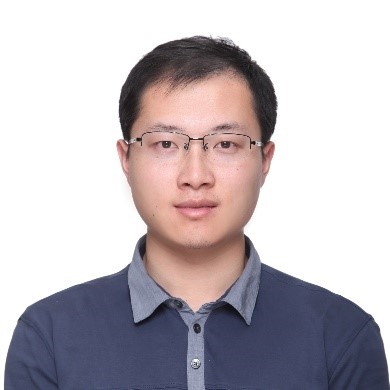Separation Techniques and Circular Economy
A special issue of Membranes (ISSN 2077-0375). This special issue belongs to the section "Membrane Processing and Engineering".
Deadline for manuscript submissions: closed (15 May 2023) | Viewed by 15996
Special Issue Editor
Interests: membrane separation; preparation of membranes; 2D materials; nanofiber; recovery of resources from wastewater; removal of trace contaminants in wastewater; sludge dewatering; micro–nano energy
Special Issue Information
Dear Colleagues,
Efficient separation techniques play an important role in the process of resource recovery, such as physical, chemical, physico-chemical and/or biological methods selected for being low-cost, low-energy and free of secondary pollution. Additionally, the highest possible value added of the separated products is obtained to enhance the economy. For example, to address concerns regarding the contamination of water resources, various separation techniques, such as membrane separation, adsorption, ion exchange, solvent extraction, magnetic separation, filtration, flocculation, sedimentation and centrifugal separation with physico-chemical processes, have been developed for wastewater treatment to effectively recycle various substances such as phosphates, humic substances, biological plastics, cellulose, polysaccharides, proteins, lipids, extracellular polymer substances, organics and precious metals.
This Special Issue of Membranes, entitled “Separation Techniques and Circular Economy”, aims to address novel separation technologies involving resource recovery in wastewater treatment or other fields. It seeks to include, but is not limited to, recent progress in separation technologies, both at the industrial and scientific levels, as well as studies related to value-added products and economic assessments.
We look forward to receiving your contributions.
Dr. Daqi Cao
Guest Editor
Manuscript Submission Information
Manuscripts should be submitted online at www.mdpi.com by registering and logging in to this website. Once you are registered, click here to go to the submission form. Manuscripts can be submitted until the deadline. All submissions that pass pre-check are peer-reviewed. Accepted papers will be published continuously in the journal (as soon as accepted) and will be listed together on the special issue website. Research articles, review articles as well as short communications are invited. For planned papers, a title and short abstract (about 100 words) can be sent to the Editorial Office for announcement on this website.
Submitted manuscripts should not have been published previously, nor be under consideration for publication elsewhere (except conference proceedings papers). All manuscripts are thoroughly refereed through a single-blind peer-review process. A guide for authors and other relevant information for submission of manuscripts is available on the Instructions for Authors page. Membranes is an international peer-reviewed open access monthly journal published by MDPI.
Please visit the Instructions for Authors page before submitting a manuscript. The Article Processing Charge (APC) for publication in this open access journal is 2700 CHF (Swiss Francs). Submitted papers should be well formatted and use good English. Authors may use MDPI's English editing service prior to publication or during author revisions.
Keywords
- separation techniques
- membrane separation
- liquid–solid separation
- clean separation
- extraction
- resource recovery
- value-added product
- economic assessment






